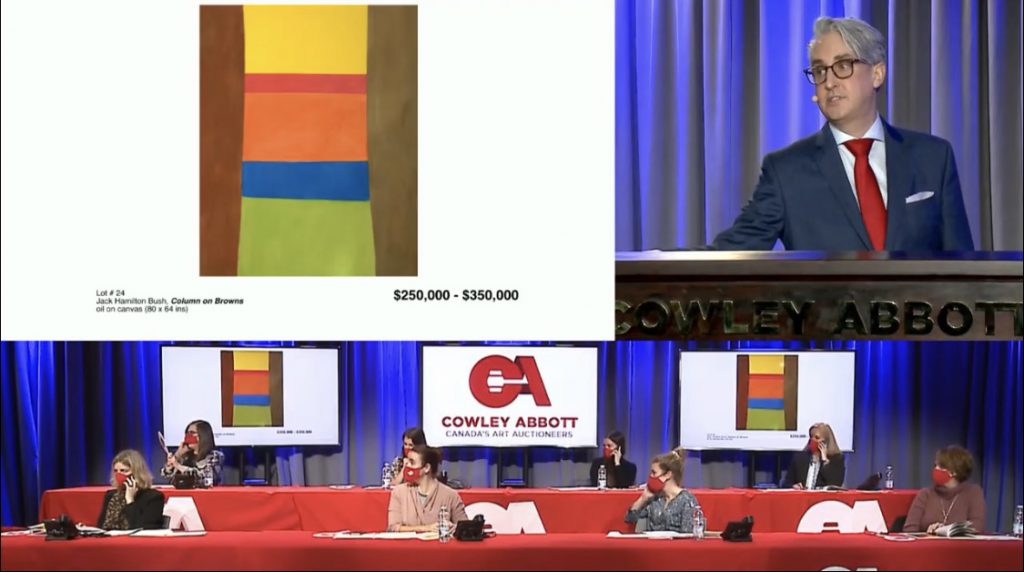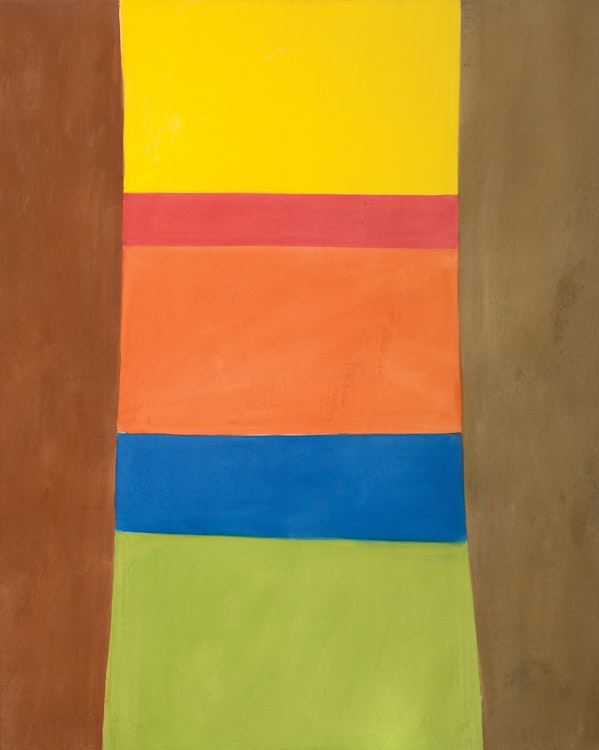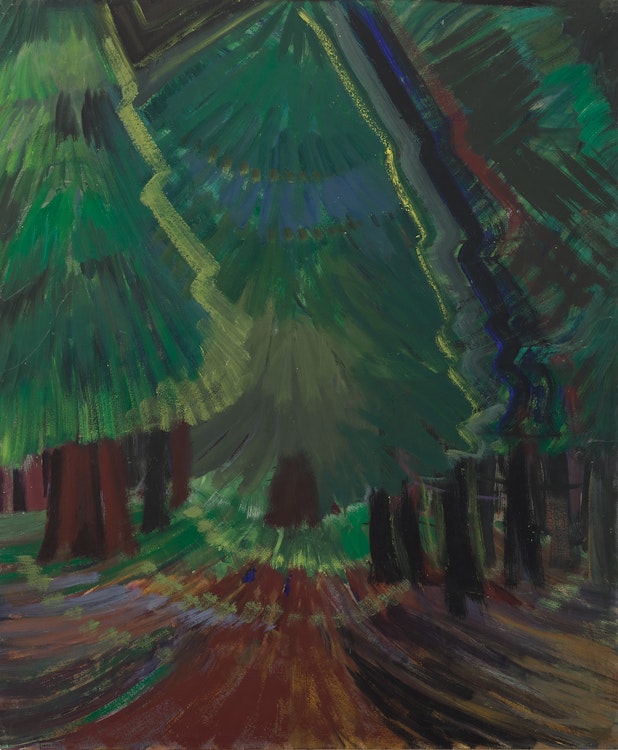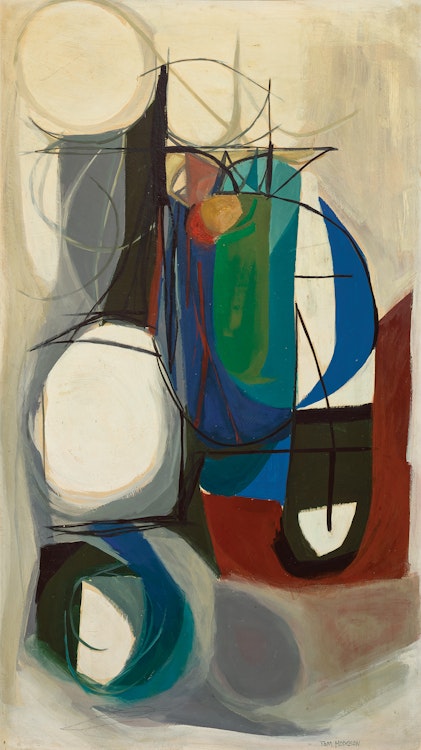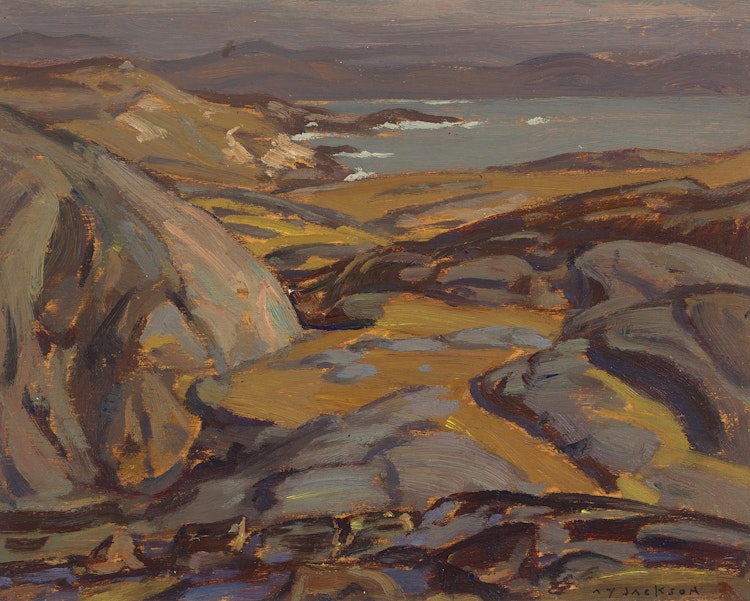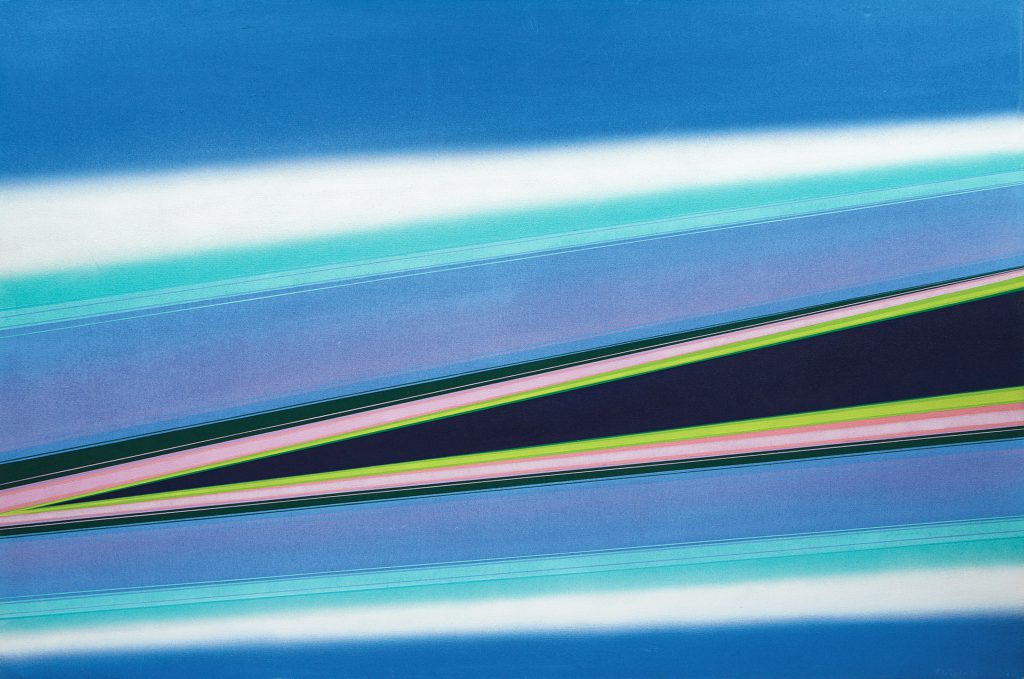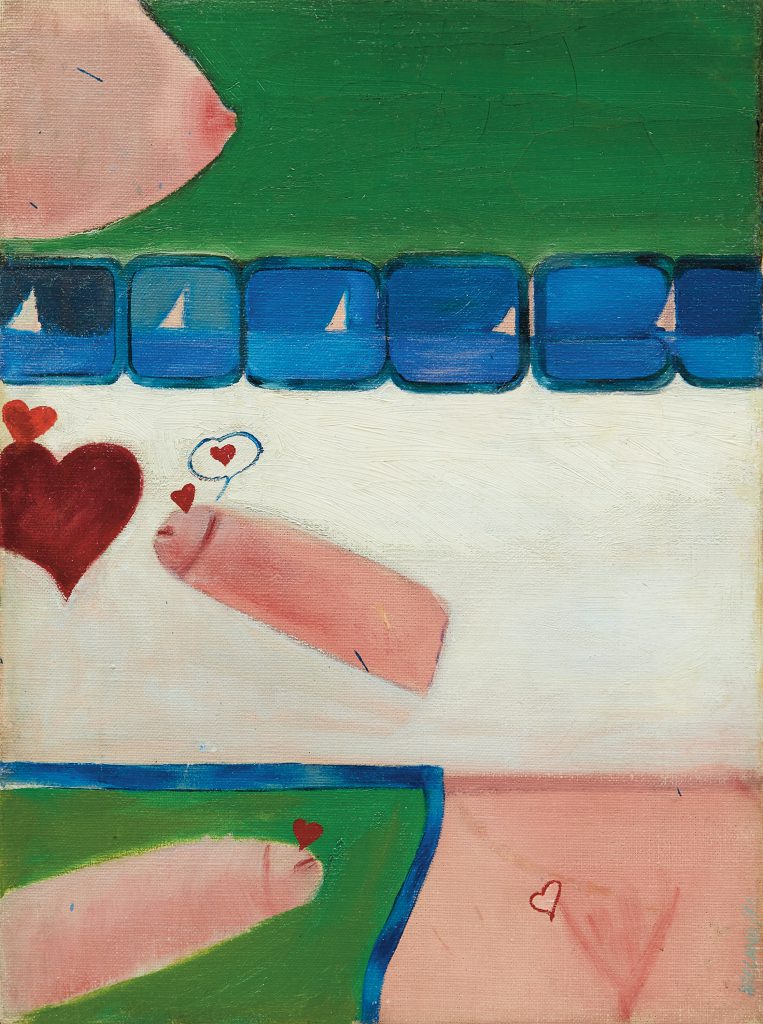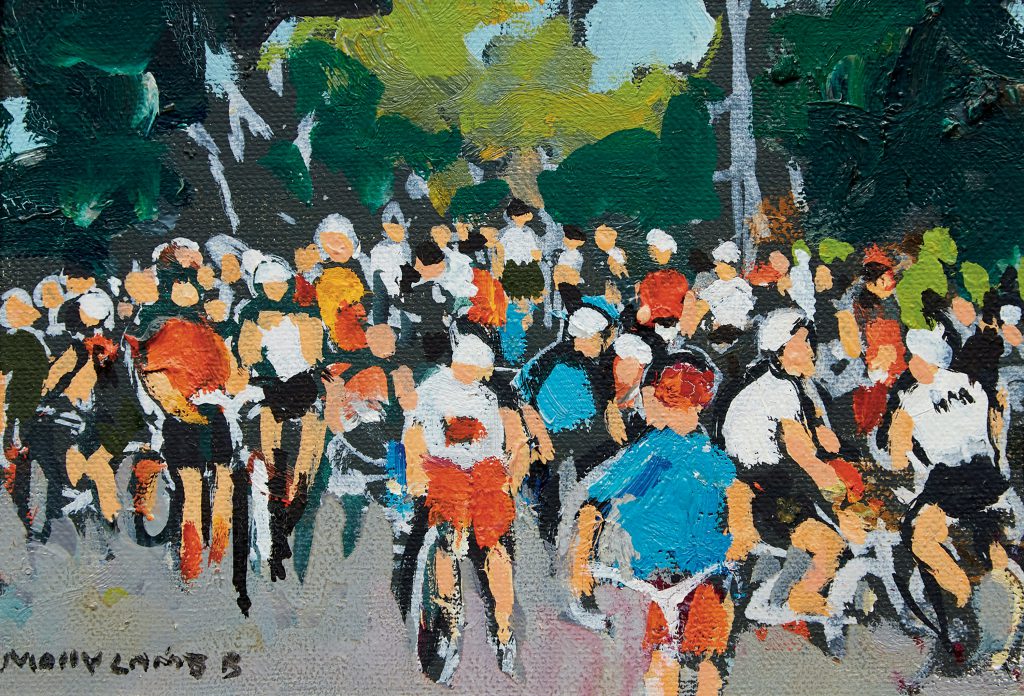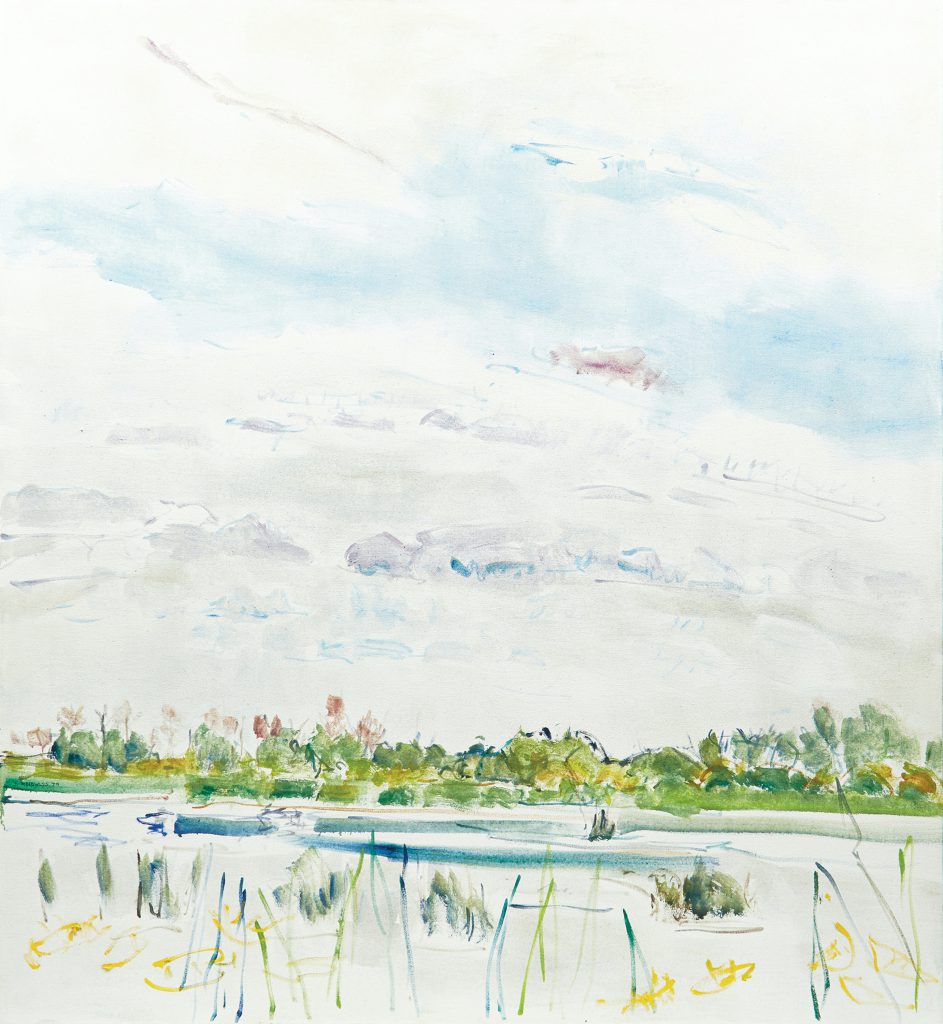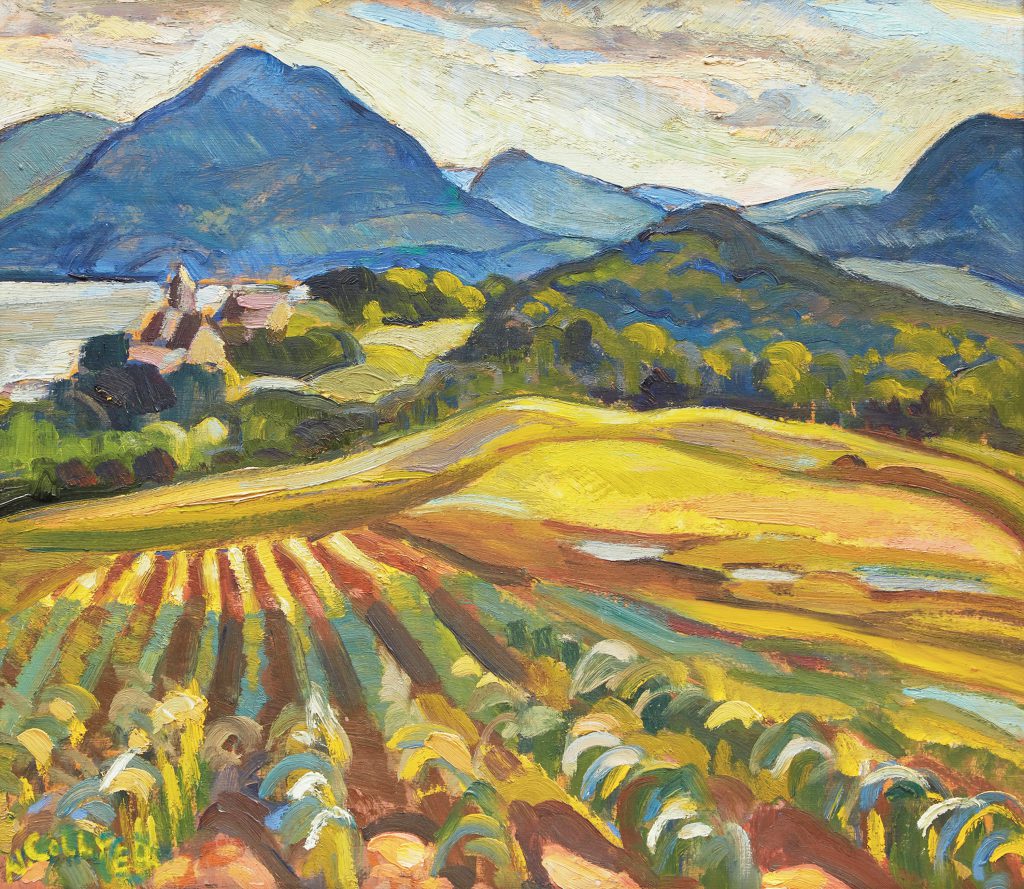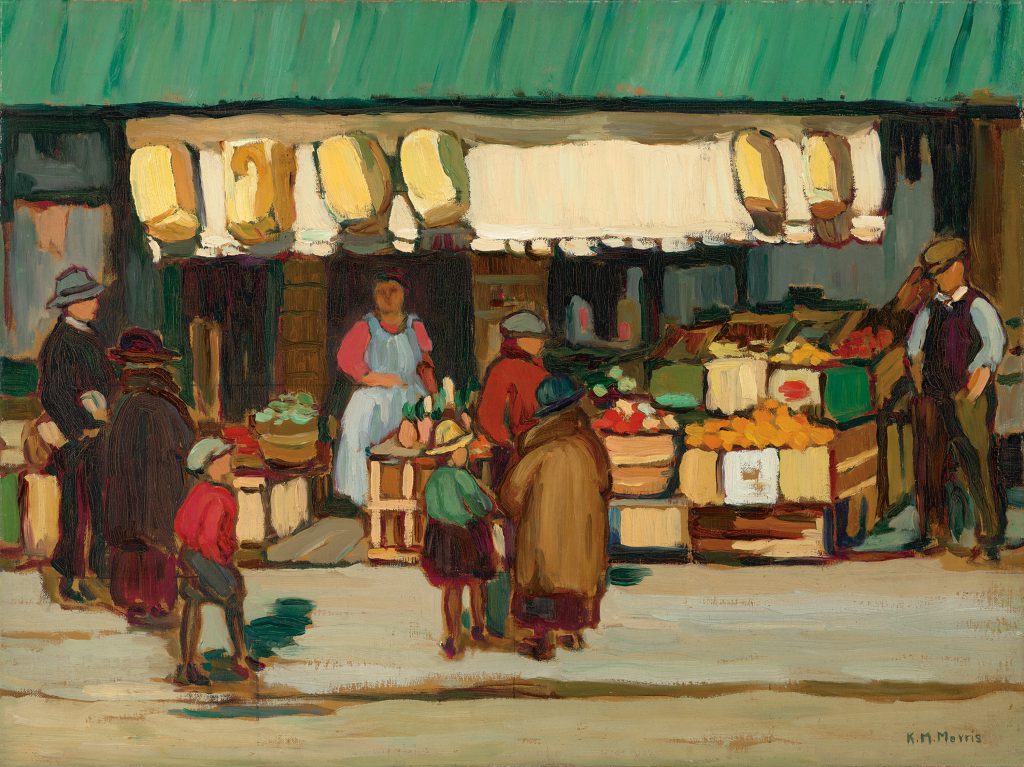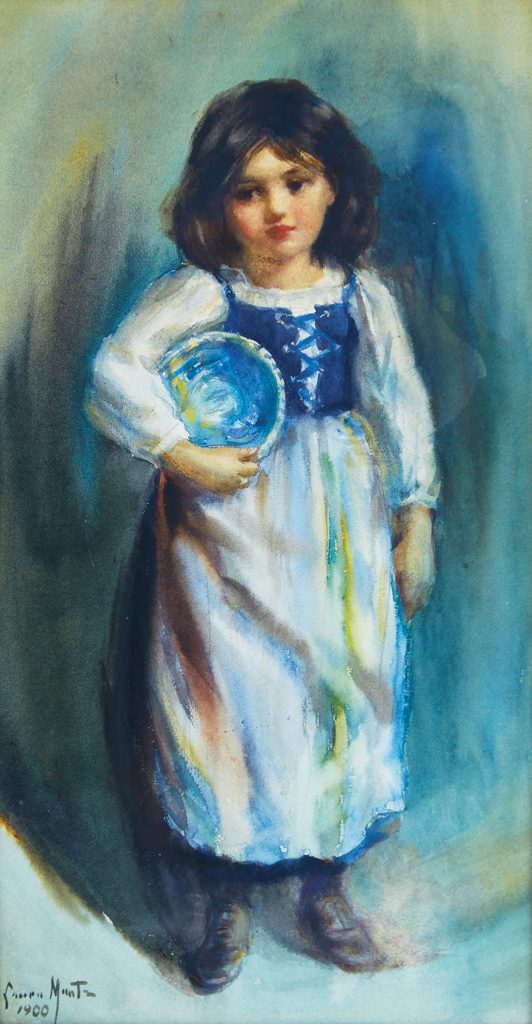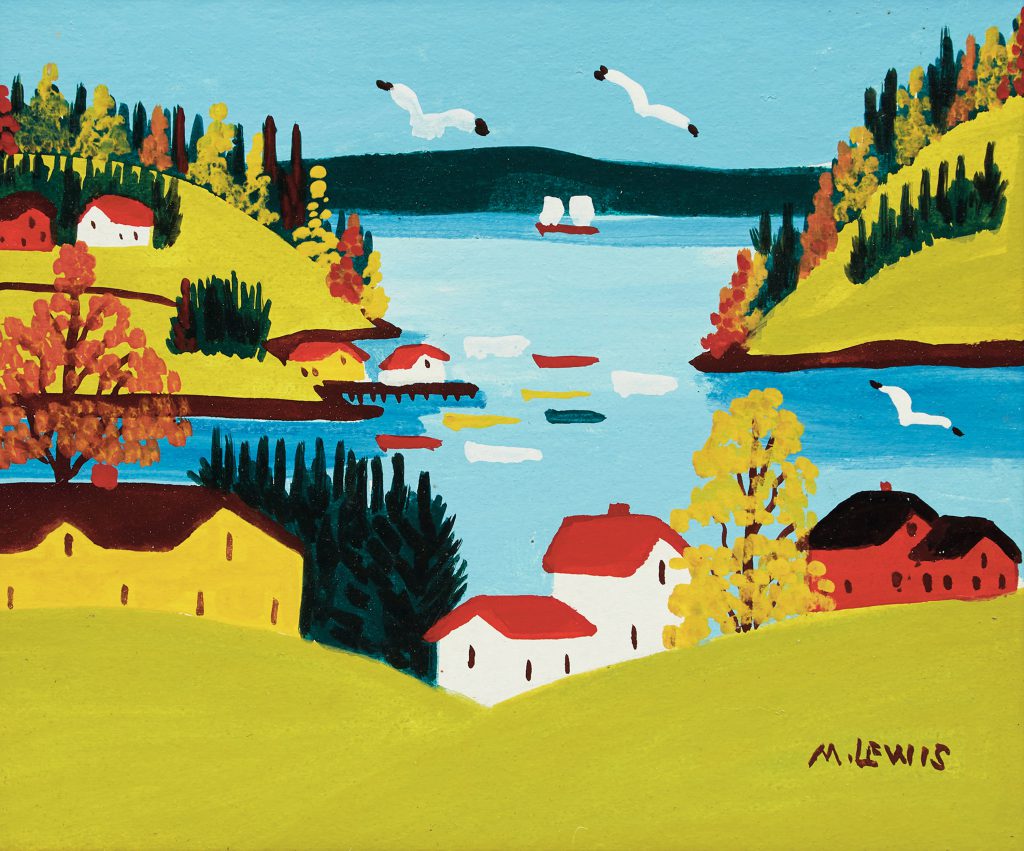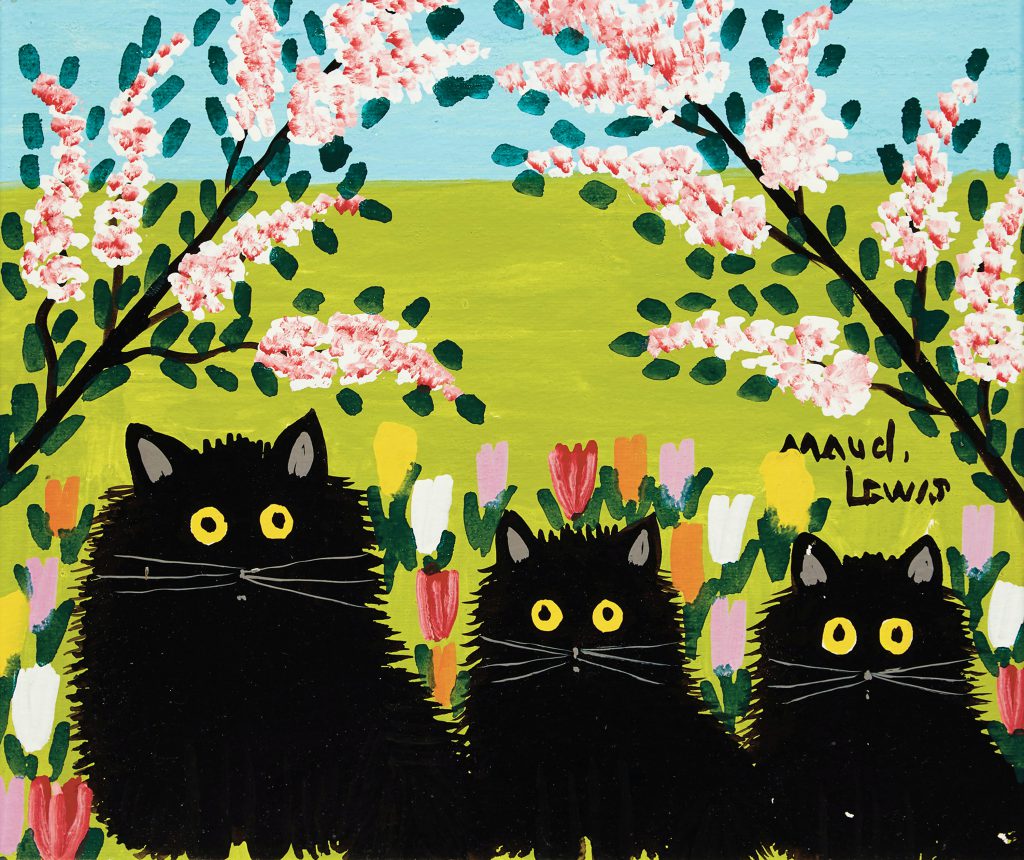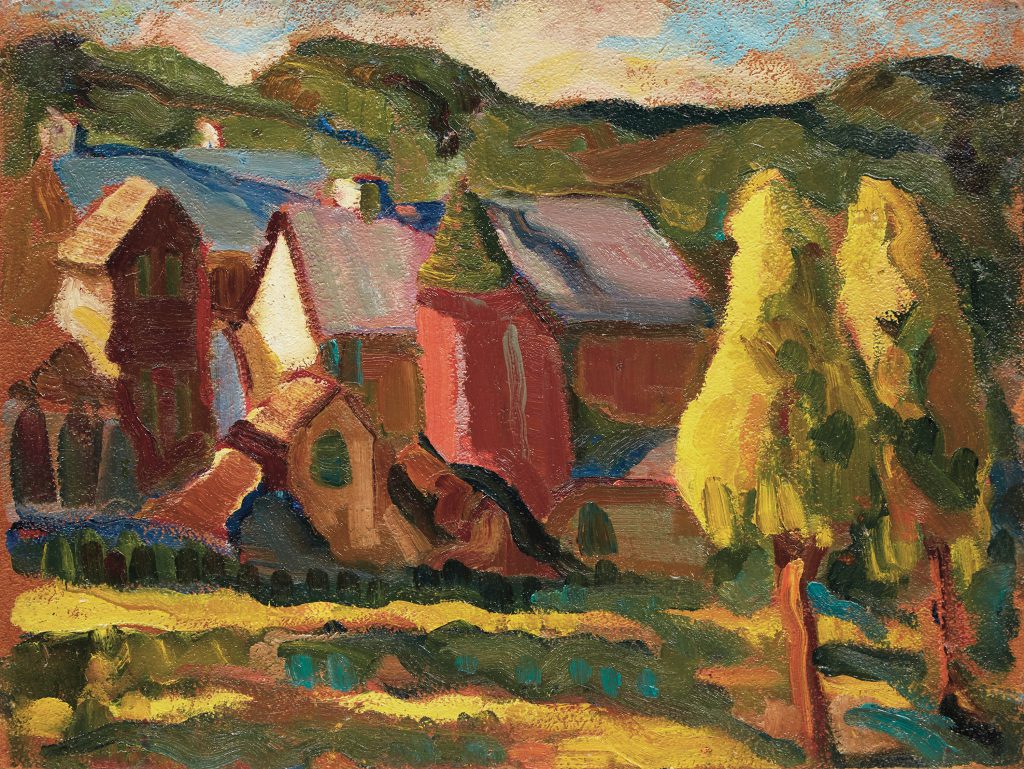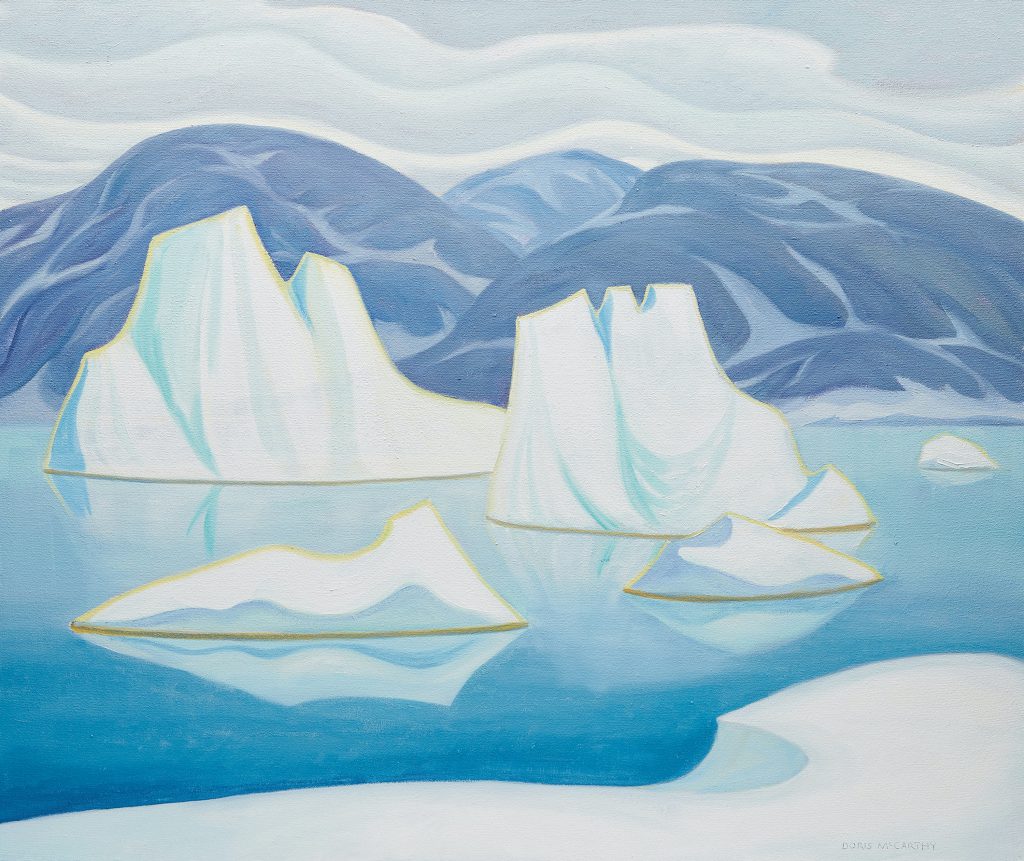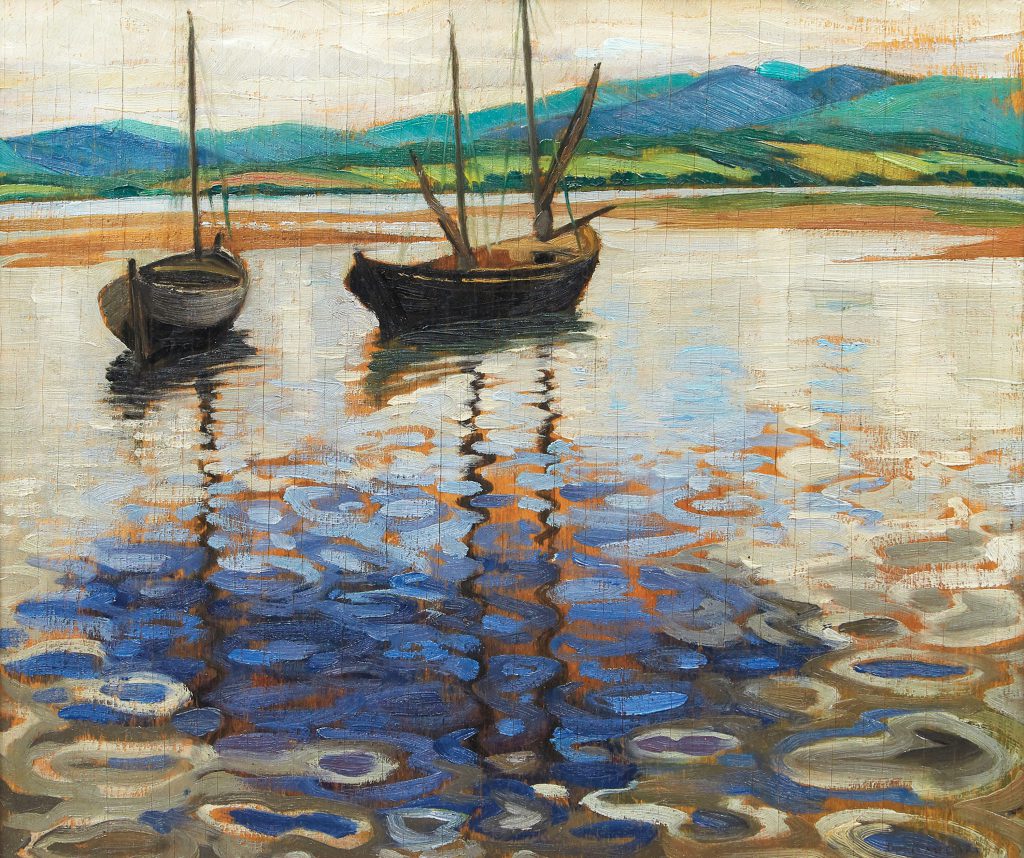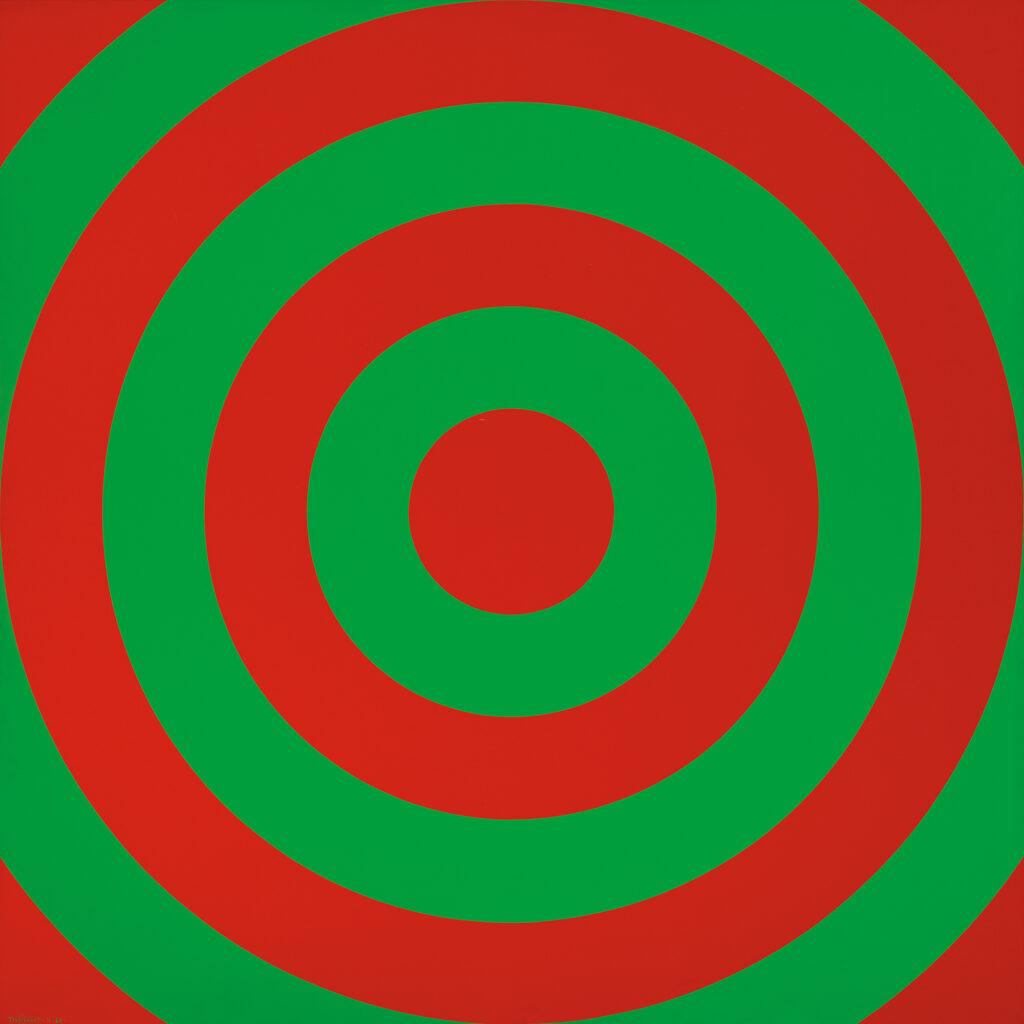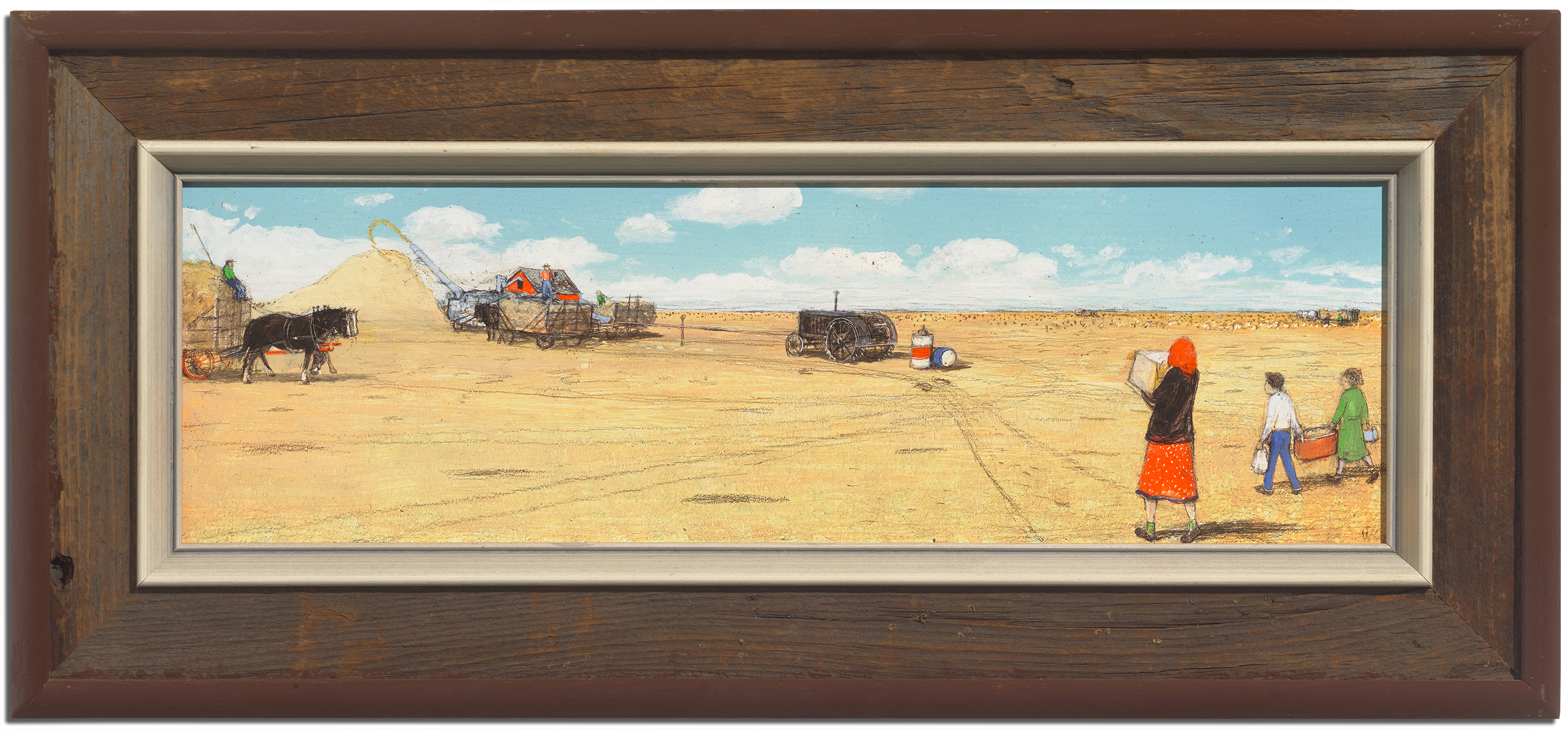Cowley Abbott is pleased to launch into the new year with our January Online Auction of Post-War and Contemporary Art. Comprised of fantastic works by blue-chip Post-War Canadian artists, practicing Contemporary artists, and hidden gems, this sale offers the opportunity for new and seasoned collectors alike to build their collections.
We’ve highlighted a few of the great artists and artworks included in this thematic sale and their significance to the canon of Canadian art history. This dynamic auction offers buyers the opportunity to inject colour, vibrancy, and modern aesthetics into their collections, while allowing a complex dialogue between works over a range of styles, themes and movements.
Ecology and The Canadian Landscape

Two works of particular note in our auction are Lawrence Paul Yuxweluptun’s ink drawing “Untitled” and Steve Driscoll’s mixed media “Lagoon”. Integral to both artist’s practice is the effect of human contact on the landscape.
Cowichan/Syilx First Nations contemporary artist, Lawrence Paul Yuxweluptun is one of the most sought-after artists in contemporary Canadian art. Yuxweluptun’s strategy is to document and promote change in contemporary Indigenous history, infusing his art with Coast Salish cosmology, Northwest Coast formal design elements, and the Western landscape tradition. His work incorporates components from Northwest First Nations art, as well as evocations of the Canadian landscape painting tradition derived from the Group of Seven. The figures included in his works are not necessarily representations of real people, but instead act as a visual comment on Indigenous identity within the Canadian physical and social landscape. This diminutive work, though small in scale, exemplifies complex and weighty theories of colonization, Indigenous identity, social politics and questions Canadian national identity.
Steve Driscoll, a Toronto-based artist, is known for his mesmerizing urethan-based paintings of bold neon colours morphing and marrying into each other, creating expressive representations of the Canadian landscape. Toronto-based curator Bill Clarke explains that Driscoll’s works are “More than just re-imaginings of the landscape, his paintings, materially and conceptually, also illustrate how advancements in technology are shaping our interactions with the world and supporting innovative approaches to art-making.” “Lagoon” offers a psychedelic close-up view of the shimmering surface of a lagoon, with the abstracted currents and fauna hypnotizing the viewer. We are pleased to be entrusted with this commanding work by an important contemporary artist.
Blue Chip Post-War Art
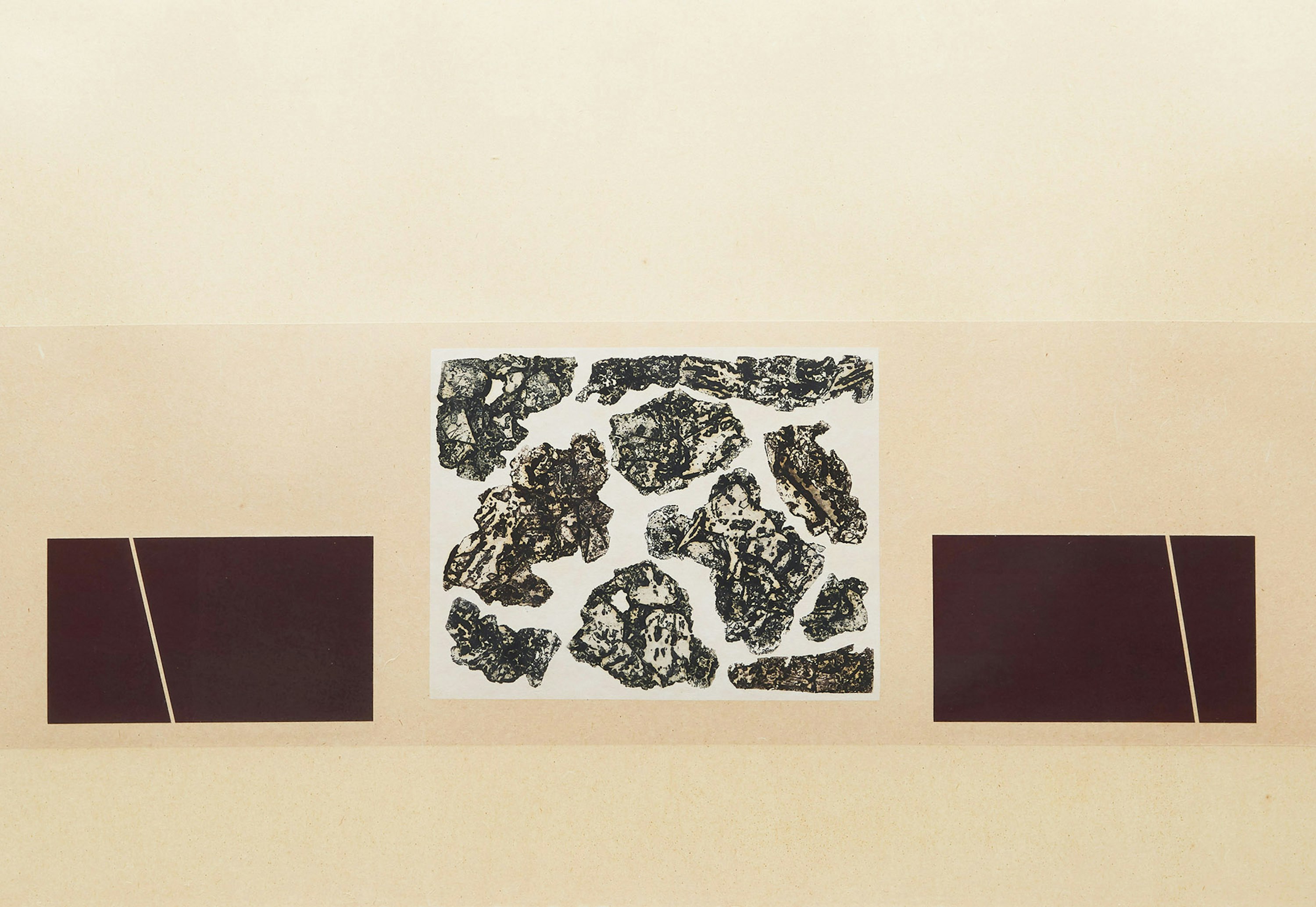
This auction introduces wonderful examples of works by celebrated Canadian Post-War artists. Aligned with the movements of Minimalism, hard-edge abstraction, conceptual art and bold expressionism, artworks by Yves Gaucher, Gershon Iskowitz, and Roy Kiyooka present an opportunity for collectors to diversify their collections with blue-chip artists who helped shape contemporary art practices.

Yves Gaucher’s “Silences” exemplifies the artist’s minimalist approach as a rebellion to conventions of printmaking. Calm tonalities, geometric form and expanse of space provide an arena for introspection. Whereas “Untitled” by Gerson Iskowitz offers a bold expressive space, highlighting the artist’s signature exploration of colour relationships. An artist with a distinct style of his own, not fully aligning with abstraction or representation exclusively, Iskowitz produced these fresh watercolour works throughout his career as an exploration of the limits of the medium and colour relationships. The resulting organic forms bleed into one another and float ethereally across the paper.

The experimental Roy Kiyooka is represented in the auction by two distinct works. The artist’s early 1959 experimental watercolour “Abstraction”, which oscillates between abstraction and representation, is in contrast to a more contemporary 1971 conceptual gelatin silver print “StoneDGloves”. The former exemplifies the young artist’s explorations with watercolour and abstraction under the influence and tutelage of Jock MacDonald at the provincial Institute of Technology and Art. “StoneDGloves” presents a dramatic shift towards conceptual art in photography. This work was a part of a photographic series taken by the artist at the construction sites of Osaka, Japan at the time of Expo ’70. Kiyooka photographed various discarded workmen’s gloves which had been petrified in cement on worksites. The series recalls art theories of trace and ephemerality while exploring the poetic relationship of human interaction with the evolution of the landscape. The Collection of the National Gallery of Canada holds 18 photographs from this series, including this image.
Pop Colour and Aesthetics
If you are looking to add a bold splash of colour to your collection or acquire playful op-art, works by Max Johnston, John MacGregor, and Burton Kramer would be perfect additions.
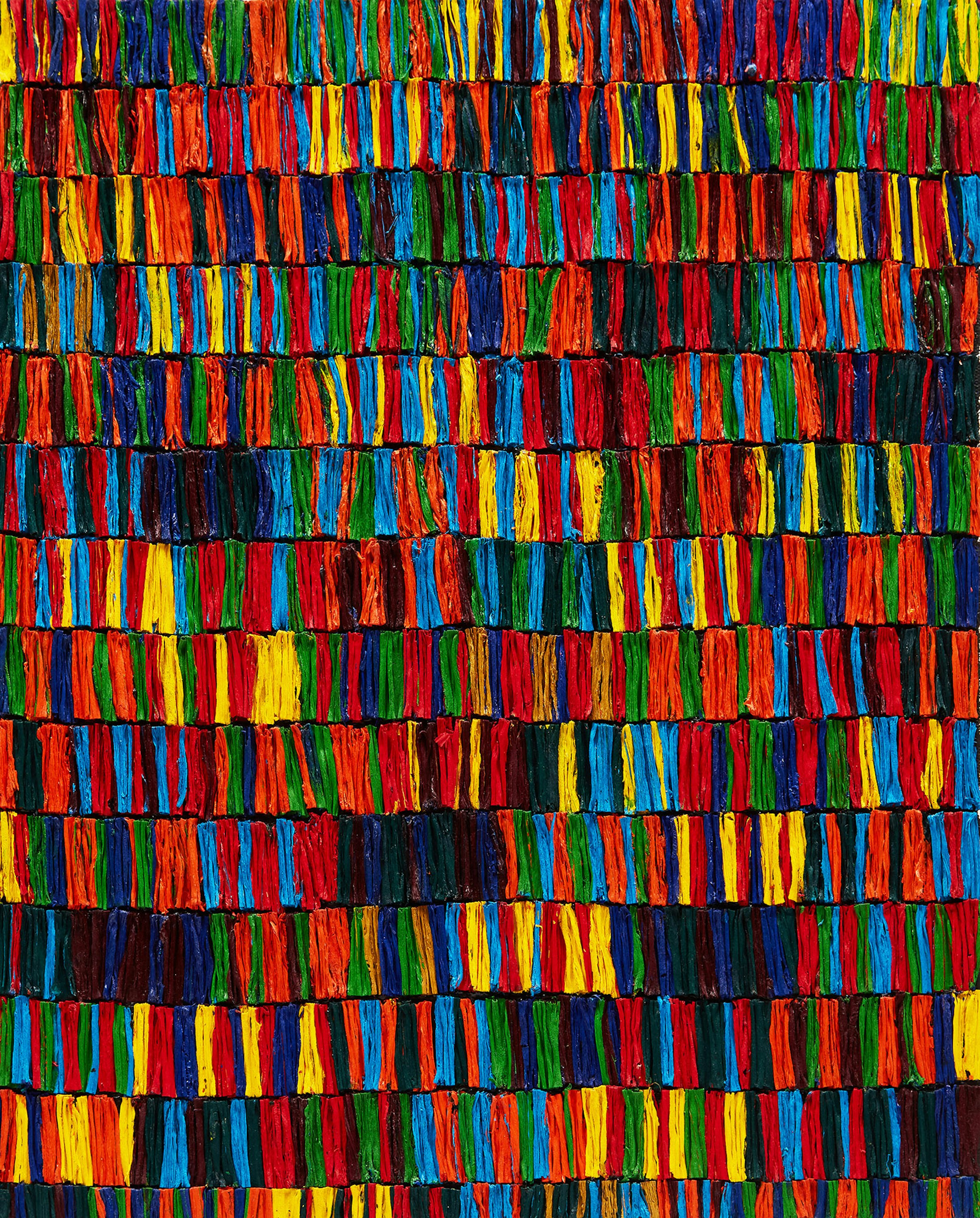
Max Johnston’s “Wholeness in a Collective Compression” is an excellent example of the artist’s experimentation with the limits of paint as a medium. Moving towards sculptural application of the paint, this piece showcases Johnston’s physical language of paint on the two-dimensional plane. A vibrant technicolour display, this piece instantly inspires energy while adhering to the modernist grid.

Throughout his practice, John MacGregor has investigated the effects of time on ordinary objects. Chairs, clocks, rooms, and objects are distorted on the image plane as a characterization of bending space and time. The artist explains:
“I have always been fascinated by the concept of time. What it might be, how it is perceived, how it is represented and what it symbolizes. We live in a society that is structured and regulated by a symbol of time. We have come to accept this symbol as a valid and real expression of what time is. However, this acceptance has been at the expense of our intuitive and subjective feelings about time. Clocks have forced us to view time as detached, regimented and a structured entity that has a reality separate from ourselves. The equal intervals and numbers on the face of the clock further this perception.”
Both “Ripple Time (Multi-colour)” and “Squeezed Time” employ surrealist and op-art aesthetics of morphed and distorted objects in a play of the visual plane of depth and dimension. This manipulation of form represents the artist’s investigation of metric time as a modern social construct and the power it wields over our core functions. Playful and contemplative, the works immediately energize the viewing space and engage the viewer with their own temporal experiences.

Finally, Burton Kramer’s fresh geometric canvas entitled “Garden Music” brings forth memories of effervescent symphonies. The artist is famously known as the graphic designer for the iconic 1974 Canadian Broadcasting Corporation logo with the radiating, stylized ‘C’. Through his fine art practice, Kramer is renowned for his experiments with synesthesia of colour and music, exploring the language of visual forms and sound as the eye dances along the exuberant canvas of fresh pigments.
Cowley Abbott is delighted to be entrusted with a variety of rare and stunning works in the current Post-War and Contemporary Art Auction. The full catalogue of artworks included in our January online auction can be found here, presenting a plethora of paintings, sculpture, works on paper and innovative mixed media pieces by renowned artists. Contact our team for further details on this sale, the bidding process and how we can assist you to build your collection with Cowley Abbott.




